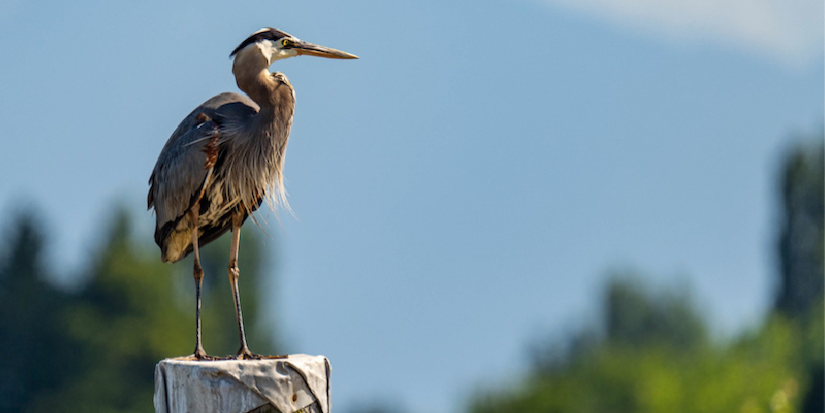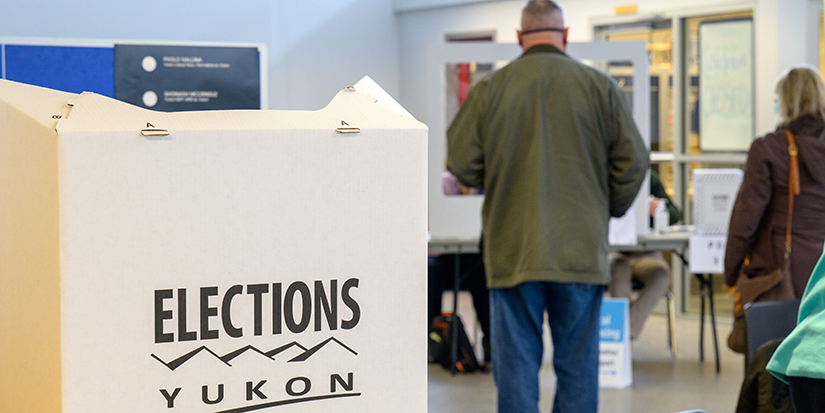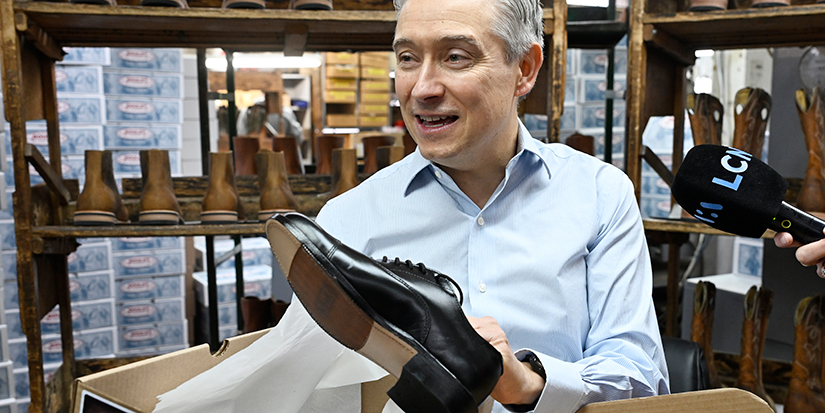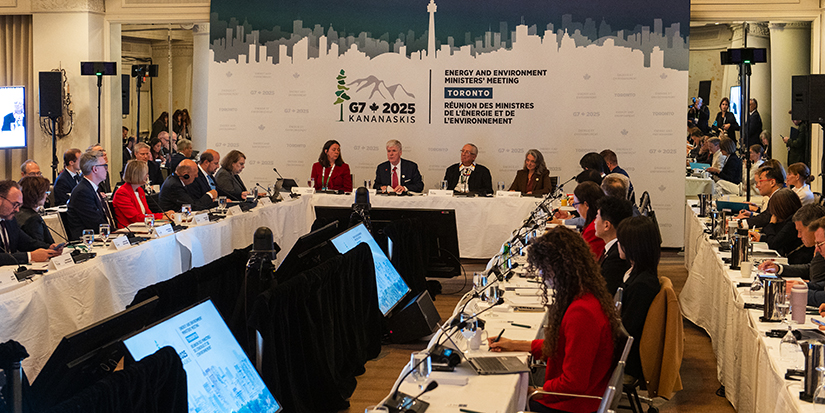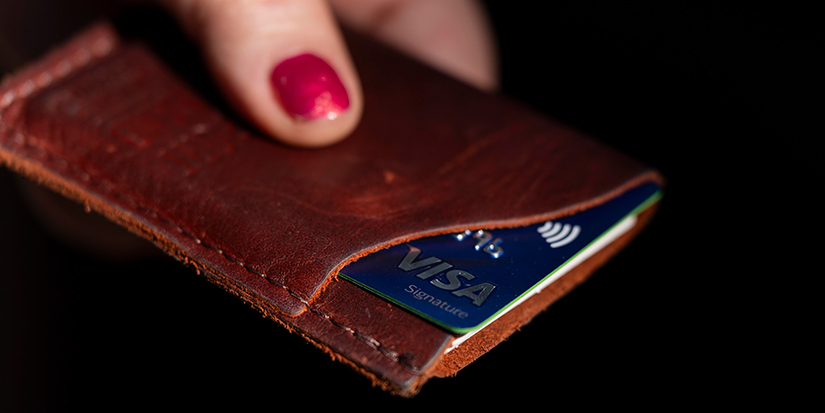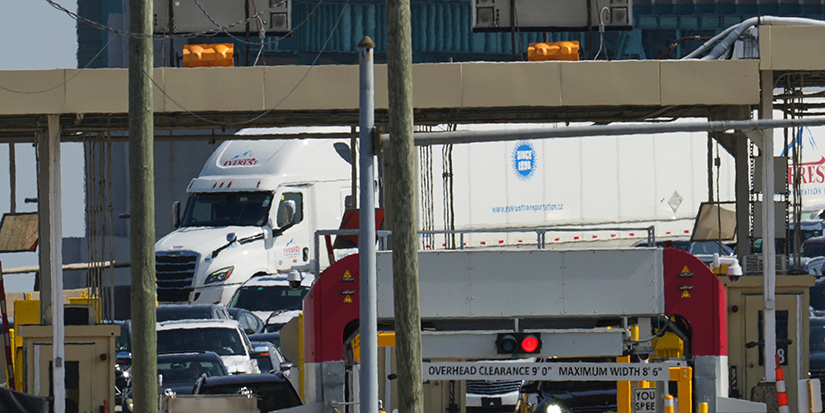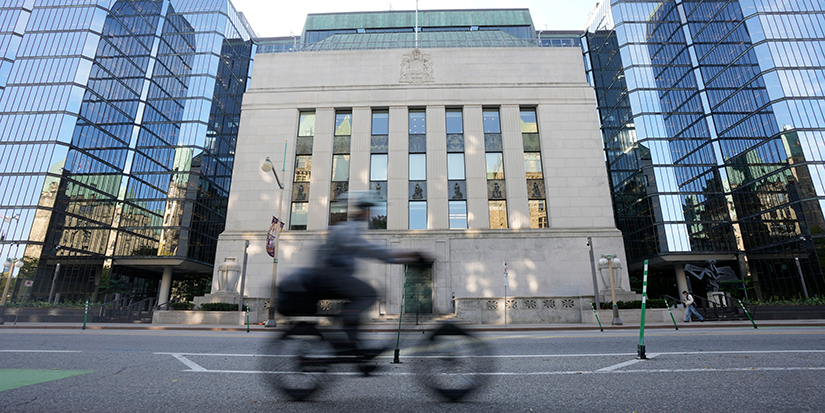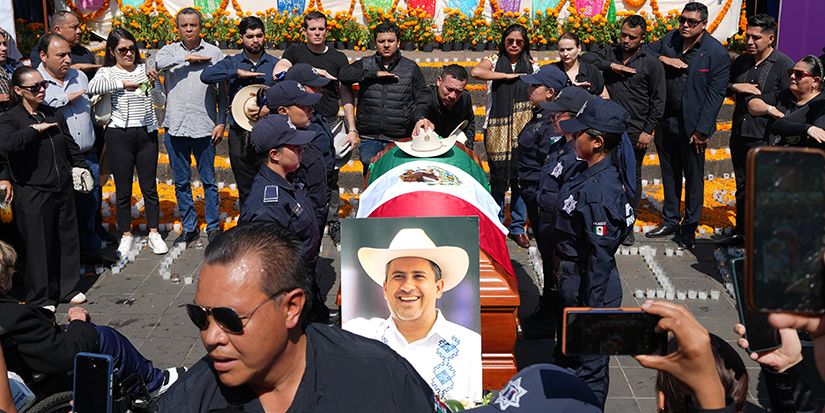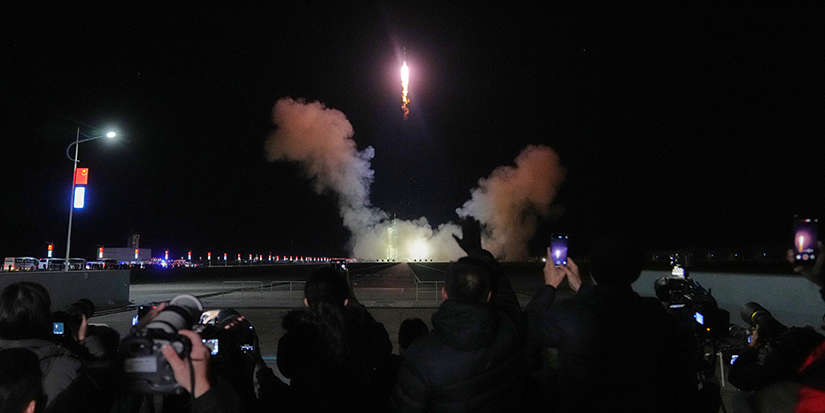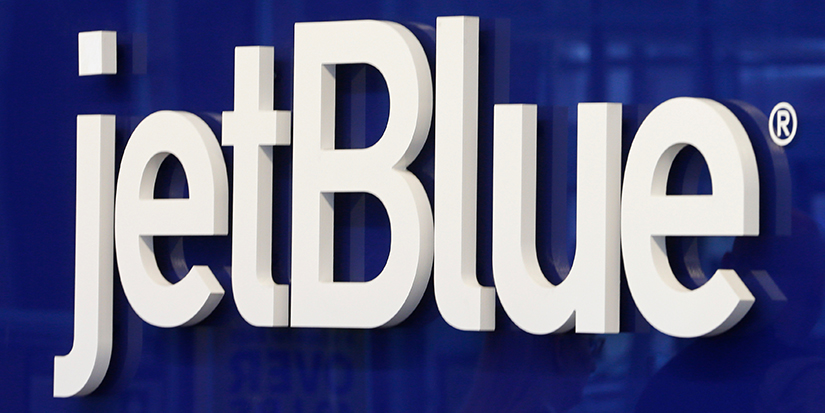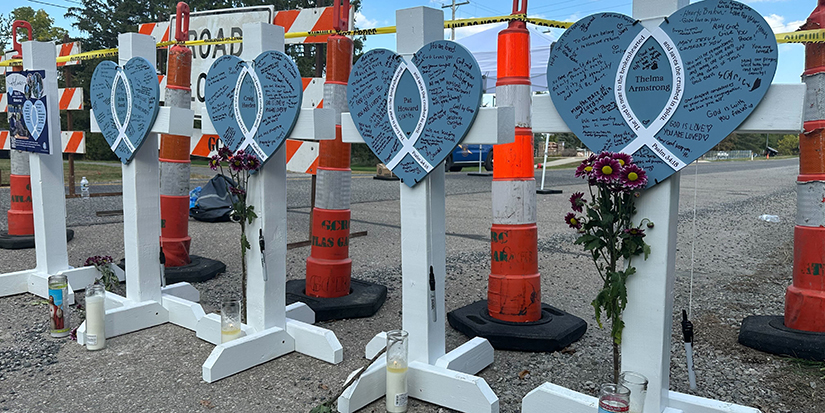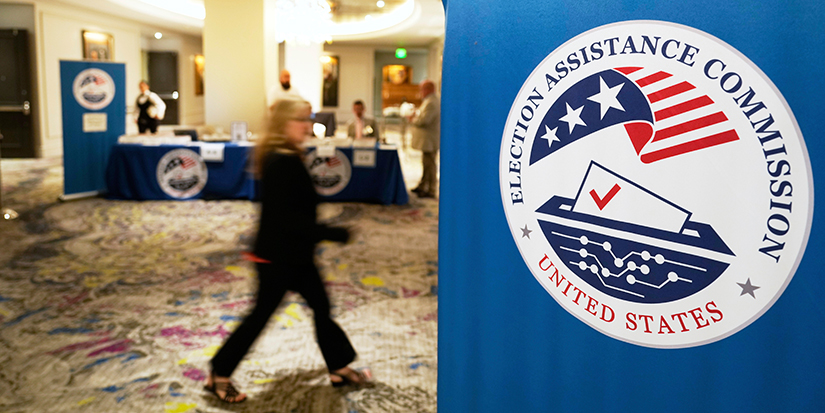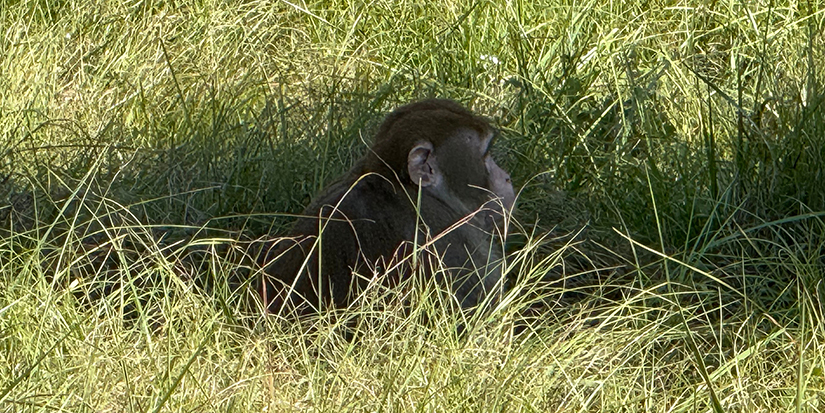Latest News
Richmond’s pride and joy: the Blue Heron

Published 11:28 PDT, Thu March 28, 2024
Last Updated: 11:40 PDT, Thu March 28, 2024
—
The Great Blue Heron, also known as Ardea Herodias, is one of the largest birds in Canada, and is symbolic with the City of Richmond as seen on the city’s logo. Many types of Great Blue Heron are commonly found mostly in North and Central America, from Alaska to Mexico.
Richmond’s Ardea Herodias, is known as the Ardea Herodias fannini, a subspecies of blue heron that is smaller in size and darker in colour compared to other Great Blue Heron.
Nesting depends on the Great Blue Herons as they nest singly or in small groups, in the Lower Mainland, nests are created large to protect against predators like the bald eagle. The breeding process normally takes place late February, early March, where males will claim a nest and try to court females that arrive a week later, through a variety of calls and the clacking of their bills.
Once the male has successfully courted a female, the female will lay out the nest.
Between two to five eggs are laid, followed by an incubation period of 27 days, once eggs have hatched adults will head off to look for food. By the 60th day, baby herons will leave their nest and accompany their parents to look for food.
Herons feed on small marine creatures like gunnels, sculpins, and shiner perch, a type of fish that is easily accessible for herons. They also eat smaller crustaceans, frogs, snakes, and small mammals. During the colder months, they hunt during the night as that is when tides are lower.
Richmond’s species of Ardea Herodias, do not migrate south during the winter, but instead they can be found at Iona Beach Regional Park and along the arms of the Fraser River, foraging alongside the shore in shallow water. They are classified by the province as vulnerable as they’ve experienced an increase in predation by Bald Eagles and a loss of habitat due to the expansion of the population of the Lower Mainland.
Increase in the lower mainland population means more landfills are needed for the waste generated, indirectly increasing Bald Eagle population because they tend to scavenge in landfills.
In 1879, the City of Richmond was incorporated as a municipality, a logo with the name Corporation of Richmond, incorporated in 1879 around a cornucopia was used as the official mark of the city until 1979, when the city adopted the Coat of Arms as the new, permanent official mark of the city.
The Coat of Arms is made up of a dove rising with a bough in its beak to symbolize the rising of the land from water, a crown of maple leaves and dogwood flowers relating Richmond to the province and nation. Below is a gold shield, with a wavy pale bar in blue and three Pacific salmon in silver.
The blue represents the waters that surround Richmond, the salmon represents the most common species in the waters and their strong relation to the fishing history of the city. On each side of the shield, is the goddess Fortuna, bearer of prosperity, also known to be associated with bounty of soil and fruitfulness of women.
A cornucopia is pictured to be held by one of the supporters, symbolizing the city’s strong farm use of the land and the key role it plays in agriculture. Finally, a badge signifies the importance of the fishing industry, the sea, and Richmond’s farming background.
In 2000, the Richmond’s official mark was changed to a Heron logo accompanied by the tagline “Island City by Nature”. Additional guidelines were developed, outlining the logo’s use as per the following:
• Formalized and standardized the use of logos, colours and type styles in all city documents.
• Emphasized corporate city identity rather than the identity of any department, section, or facility.
• Required the Heron Logo and “Island City by Nature” tagline be used, in conjunction with the Corporate Coat of Arms, in city brochures, signage, and any other less formal publications.
• Required city partners, associations and sponsored organizations to use approved city identifiers on all publications, web pages, and signage, etc.
In 2003, in an attempt to market the city to people looking for a place to immigrate to, the tagline was changed to “Better in Every Way”.
By 2008, the city commissioned a new official mark, resulting in a new logo that featured a multi-colour graphic representation of the Great Blue Heron, discontinuation of the tagline “Better in Every Way”, and new typeface and colour palette.
To this day, the new official mark with the multi-coloured Heron followed by the name of the city has been used as the city’s official mark. The Coat of Arms is no longer used for less formal matters but is reserved only for official communication and publications.

